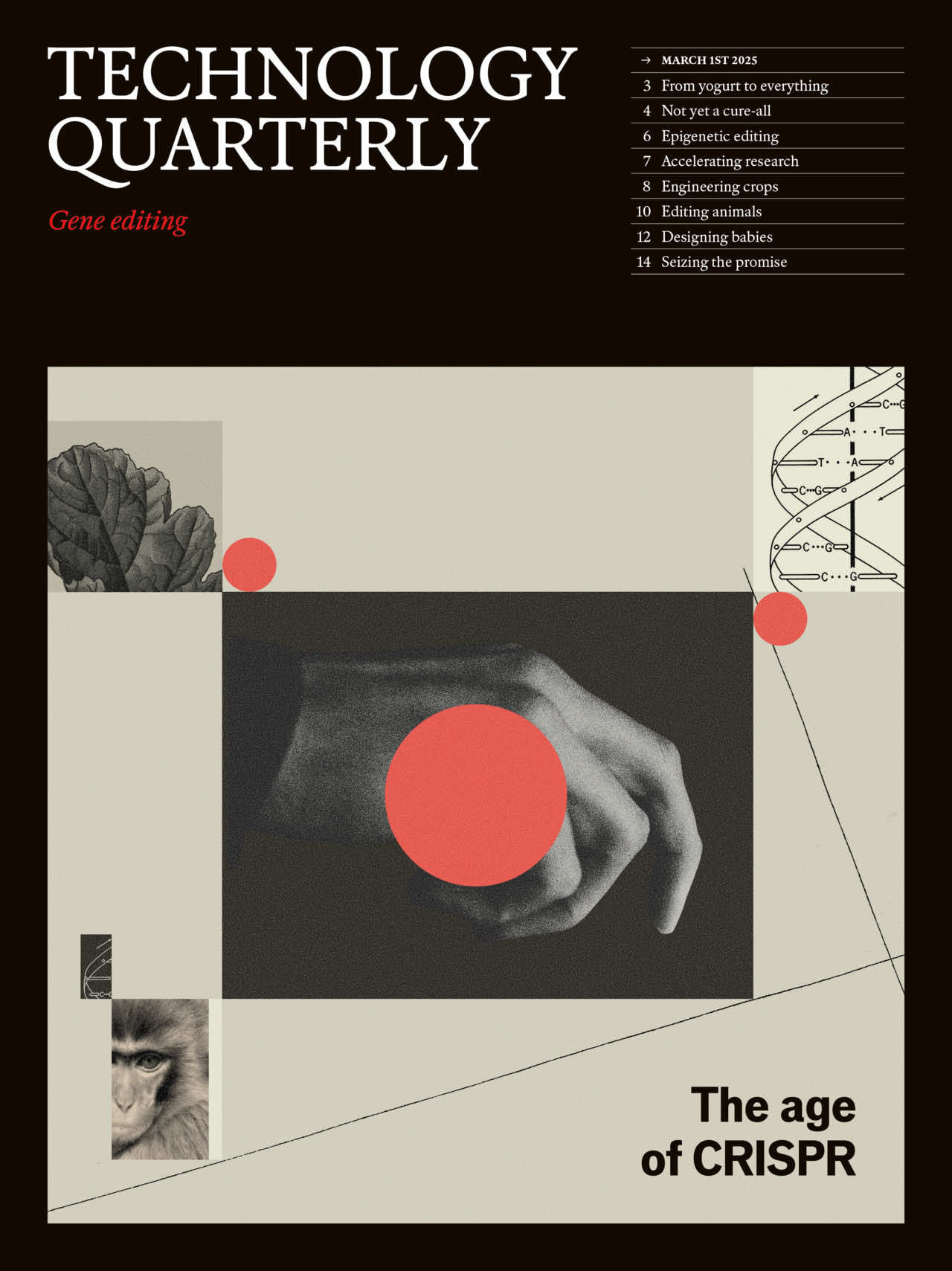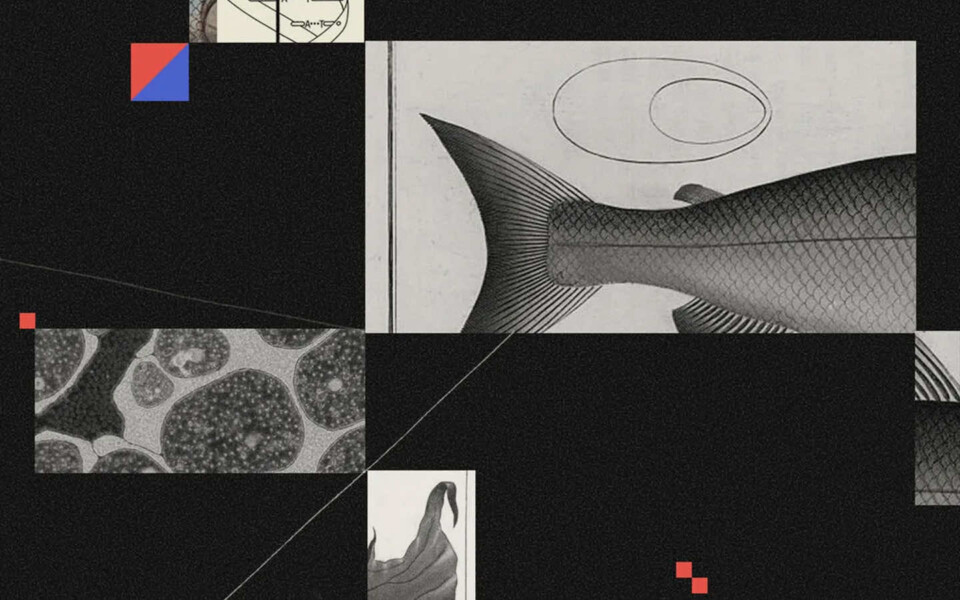The Age of CRISPR
In early 2005 Rodolphe Barrangou and Philippe Horvath were staring at some very odd bits of repeating genetic code on a computer screen in France. The sequences came from Streptococcus thermophilus, a bacterium that, like other bacteria, often skirmishes with viruses. Rumour had it that these sequences of dna might help bacteria gain the upper hand in the fight. If they did, the researchers wanted to know all about it. S. thermophilus is one of the microbes used to make yogurt. Stopping it from falling prey to viruses would save Danisco, the foodmaker they both worked for at the time, millions of euros…
…The discovery of this bacterial immune system was big news for the dairy industry, which suddenly had a new way to select bacteria based on desired immunity. Such strains are now the norm in most yogurt and cheese production, a nice commercial pay-off for microbiology. But in 2012 Emmanuelle Charpentier at the Max Planck Institute in Germany and Jennifer Doudna at the University of California in Berkeley took the practical implications of the work much further. The strangely Clustered, Regularly Interspaced, Short Palindromic Repeats, or crispr, could be hacked to make cuts at precise sequences in the genome of any organism: yeast, fish, pigs. Or humans…



